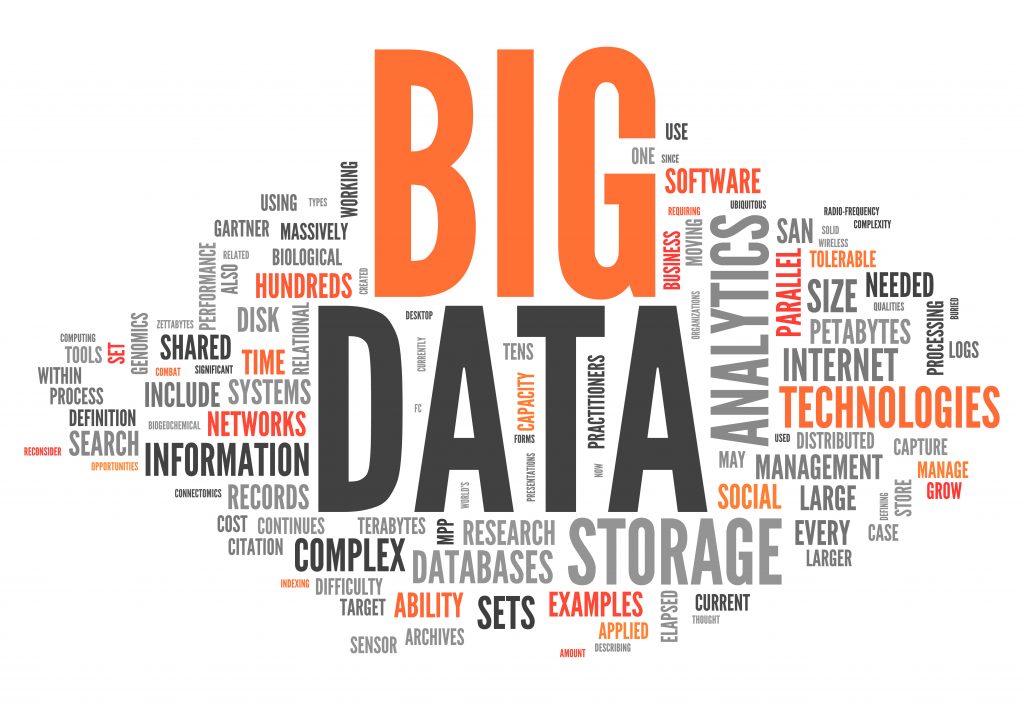How to Use a Network Behavior Analysis Tool to Your Advantage
Cybersecurity threats can come in many forms. They can easily slip through your network’s defenses if you let your guard down, even for a second. Protect your business by leveraging network behavior analysis (NBA). Implementing behavioral analysis tools helps organizations detect and stop suspicious activities within their networks before they happen and limit the damage if they do happen.
According to Accenture, improving network security is the top priority for most companies this 2021. In fact, the majority of them have increased their spending on network security by more than 25% in the past months.
With that, here are some ways to use network behavior anomaly detection tools to your advantage.
1. Leverage artificial intelligence
Nowadays, you can easily leverage artificial intelligence (AI) and machine learning (ML) in your network monitoring. In fact, various software systems utilize AI diagnostics to enhance the detection of any anomalies within your network. Through its dynamic machine learning, it can quickly learn how to differentiate between normal and suspicious activities.
AI-powered NBA software can continuously adapt to new threats and discover outliers without much interference from you. This way, it can provide early warning on potential cyberattacks before they can get serious. This can include DDoS, Advanced Persistent Threats, and Anomalous traffic.
Hence, you should consider having AI diagnostics as one of your network behavior analysis magic quadrants.
2. Take advantage of its automation
One of the biggest benefits of a network anomaly detection program is helping you save time and labor in detecting and resolving network issues. It is constantly watching your network, collecting data, and analyzing activities within it. It will then notify you and your network administrators of any threats or anomalies within your network.
Moreover, it can automatically mitigate some security threats from rogue applications to prevent sudden downtimes. It can also eliminate blind spots within your network security, fortifying your defenses and visibility. As a result, you or your administrators can qualify and detect network traffic passively.
3. Utilize NBA data and analytics
As more businesses become data-driven, big data gains momentum. It can aid your marketing teams in designing better campaigns or your sales team in increasing your business’ revenues. And through network behavior analysis, you can deep-mine large volumes of data from day-to-day operations.
For security engineers, big data analytics has become an effective defense against network attacks and vulnerabilities. It can give them deeper visibility into increasingly complex and larger network systems.
Today’s advanced analytics platforms are designed to handle and process larger volumes of data. Furthermore, these platforms can learn and evolve from such data, resulting in stronger network behavior analytics and local threat detection.
4. Optimize network anomaly detection
A common issue with network monitoring solutions is their tendency to overburden network and security managers with false-positive readings. This is due to the lack of in-depth information to confirm the actual cause of a network issue. Hence, it is important to consistently optimize your network behavior analysis tool.
One way to do this is to use a flow-based analytics methodology for your network monitoring. You can do so with software like CySight, which uses artificial intelligence to analyze, segment, and learn from granular telemetry from your network infrastructure flows in real-time. It also enables you to configure and fine-tune your network behavior analysis for more accurate and in-depth monitoring.
5. Integrate with other security solutions
Enhance your experience with your network behavior analytics tool by integrating it with your existing security solutions, such as prevention technology (IPS) systems, firewalls, and more.
Through integrations, you can cross-analyze data between security tools for better visibility and more in-depth insights on your network safety. Having several security systems working together at once means one can detect or mitigate certain behaviors that are undetectable for the other. This also ensures you cover all the bases and leave no room for vulnerabilities in your network.
Improving network security
As your business strives towards total digital transformation, you need to start investing in your network security. Threats can come in many forms. And once it slips past your guard, it might just be too late.
Network behavior analysis can help fortify your network security. It constantly monitors your network and traffic and notifies you of any suspicious activities or changes. This way, you can immediately mitigate any potential issues before they can get out of hand. Check out CySight to know more about the benefits of network behavior analysis.
But, of course, a tool can only be as good as the people using it. Hence, you must make sure that you hire the right people for your network security team. Consider recruiting someone with an online software engineering masters to help you strengthen your network.
Ref: Accenture Report



